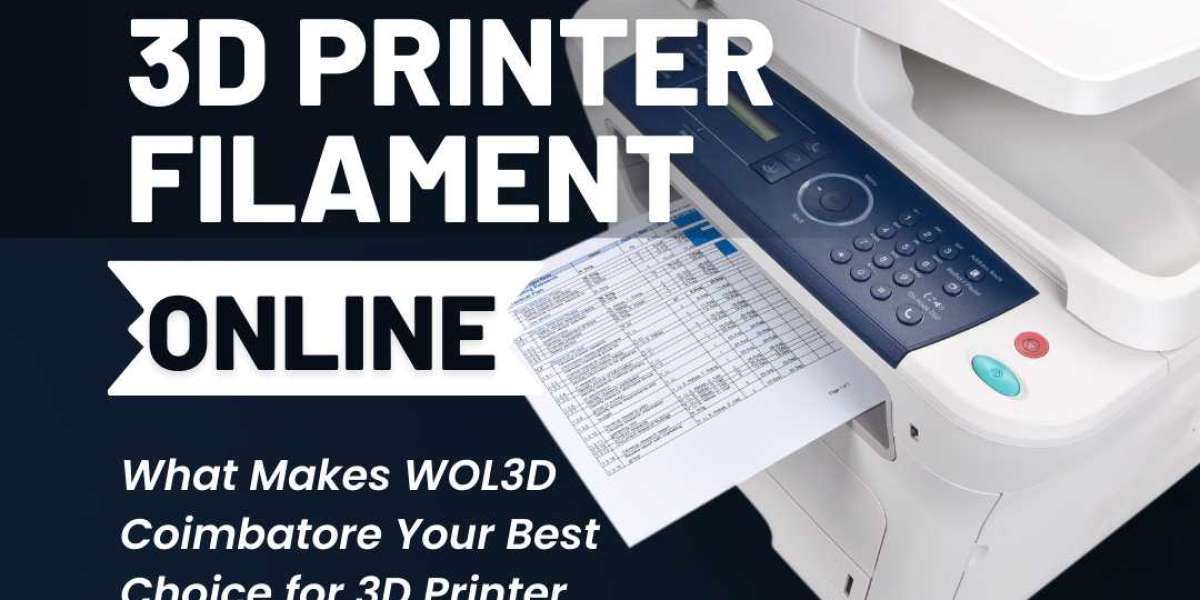The 3D Printing Medical Device Software market industry is projected to grow from USD 0.06 Billion in 2023 to USD 0.23 Billion by 2032, exhibiting a compound annual growth rate (CAGR) of 18.50% during the forecast period (2023 - 2032).
The 3D printing medical device software market continues to witness robust growth driven by technological advancements and increasing adoption of additive manufacturing in healthcare. Key players are innovating to enhance software capabilities, offering user-friendly interfaces and customization options to meet diverse medical needs. With rising demand for patient-specific solutions, software facilitating precise modeling and design gains traction. Regulatory compliance remains crucial, shaping market dynamics and fostering trust among stakeholders. Integration of AI and machine learning further augments software functionalities, optimizing production processes and improving patient outcomes. Despite challenges like regulatory hurdles and material limitations, the market exhibits promising expansion fueled by healthcare digitization.
The 3D printing medical device software market is witnessing unprecedented growth, driven by the increasing demand for innovative healthcare solutions. Medical device design software and digital fabrication medical software are at the forefront of this revolution, enabling the creation of intricate medical devices with enhanced precision and customization.
Medical device design software plays a pivotal role in the development and optimization of medical equipment. It facilitates the seamless transition from conceptualization to production, allowing designers to create intricate models and simulate real-world scenarios. With features like CAD/CAM integration and advanced simulation tools, designers can streamline the development process and ensure the safety and efficacy of medical devices.
Digital fabrication medical software complements medical device design software by providing advanced manufacturing capabilities. This software leverages 3D printing technology to fabricate complex medical devices with unparalleled accuracy and efficiency. From prosthetics and orthopedic implants to surgical instruments and tissue scaffolds, digital fabrication medical software empowers healthcare providers to deliver personalized solutions tailored to individual patient needs.
As the healthcare industry continues to embrace digital transformation, the demand for 3D printing medical device software is expected to surge. Companies at the forefront of this market are leveraging innovative technologies to enhance product offerings and cater to evolving customer demands. With a focus on precision, reliability, and scalability, these companies are poised to reshape the future of healthcare delivery.
Segment Analysis
The global 3D printing medical device software market, based on type, is segmented into type, function, application, and end user. On the basis of type, the 3D printing medical device software market has been sub-segmented into integrated and standalone. On the basis of function, the 3D printing medical devices software market has been segmented into printing, analysis, visualization, planning, design, navigation, and others. On the basis of application, the 3D printing medical device software market is segmented into medical imaging, dental, surgery, research, physical therapy, aesthetic medicine, and others. Based on end user, the global 3D printing medical devices software market is segmented into medical device companies, dental laboratories, research institutes, hospitals clinics, and others.
Regional Analysis
The global 3D printing medical devices software market has been segmented on the basis of region into the Americas, Europe, Asia-Pacific, and the Middle East Africa. The Americas 3D printing medical devices software market has been segmented into North America and Latin America, with the North America market further divided into the US and Canada. The European 3D printing medical devices software market has been segmented into Western Europe and Eastern Europe. The Western Europe 3D printing medical devices software market has further been classified into Germany, the UK, France, Italy, Spain, and the Rest of Western Europe. The 3D printing medical devices software market in Asia-Pacific has been segmented into China, Japan, India, South Korea, Australia, and the Rest of Asia-Pacific. The Middle East Africa 3D printing medical devices software market has been divided into the Middle East and Africa.
In 2019, the Americas led the 3D printing medical devices software market with a share of 42.16%, and this trend is expected to continue throughout the forecast period. This is due to the introduction of innovative technologies and their rapid acceptance, as well as the presence of key companies in the region. Moreover, increased research funding from private and public organizations is fueling the market growth in the region.
Asia-Pacific is anticipated to register the highest growth rate over the forecast period from 2020 to 2027. Global players are focused on collaboration and opening new offices in the region owing to the availability of talent. For instance, Materialise, a leading US-based 3D printing medical devices software has officially opened a new office in China with a focus on carrying out RD on 3D printing software. Furthermore, India and China have a number of startups such as think3D and Osteo3d working on the 3D printing medical devices software. These startups are offering services across the world, driving the growth of this region.
Competitive Landscape:
The 3D printing medical device software companies are Stratasys Ltd, Nemotec, PS-Medtech, DWS Systems, 3D Systems Corporation, Carima, Real Dimension Inc, Regenhu, 3D Totem, Ackuretta Technologies, and Materialise NV.
Related Reports:
For More Information, Please Visit @ Market Research Future














